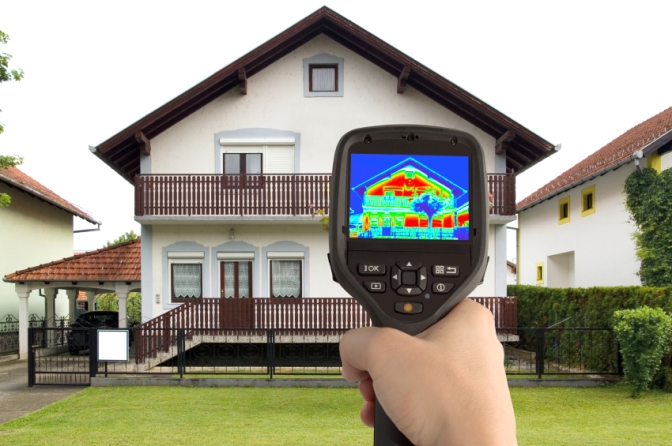Top Ten Tips for Sustainable Renovations
Nowadays we are all looking for ways to lower our carbon footprint and ‘reduce, reuse and recycle’.
And something as major as renovating your property gives ample opportunity to make sustainable, environmentally sound choices.
Here are our ‘Top Ten Tips’ for Sustainable Renovations.
- Renovation itself is far more environmentally sound than demolition and rebuilding. Your existing property can be renovated to be the new, bright, airy home you dream of. And by renovating you are able to use existing materials and save on energy costs, too! More economical and much better for the environment.
- Consider whether you actually need to extend. In many cases just redesigning the floor layout of your current home meets the needs you have and again saves on cost and environmental impact.
- Cost analysis has proven that when you do need to extend it is more cost effective to do so on just one side of your home. It is also more energy efficient so plan to make a larger extension on one part of your home and not small ones all around.
- Natural light is one of the greatest assets you can bring into your home. Plan your new design around putting in as many large windows in that face North. Move your living areas to the North side of your home. If your Northern Boundary is on a boundary or close to a wall or fence then consider letting the light in through your roof! The light not only makes your home more airy and attractive but brings the warmth of the sun, too.
- When insulating your home don’t hold back. The legal minimum requirement is the basic benchmark. Boost the insulation of your home to lower the costs of warming and cooling your home year round! Combine reflective insulation with blanket, insulating concrete blocks or foam. Add weather stripping to your windows and doors to keep out draughts. If you don’t already have double or triple glazed windows consider retrofitting double glazing to your windows and ensure that all new windows are double glazed. Increase your insulation to increase your savings and your comfort.
- Consider thermal mass. What is thermal mass? It is basically a solid, such as stone, concrete, clay, bricks, rammed earth or even a body of water. It absorbs the heat from the sun during the day and slowly releases it through the cool of the night. Thermal mass is a highly efficient energy alternative to a forced air hearing system. Using the natural processes of radiation, convection and conduction it moves heat through your building. In the winter it moves heat into your home and in the summer it moves heat out, cooling your home. This creates a consistent, comfortable temperature throughout the day, year round. The orientation of your thermal mass is vital, and depends on the climate in which you are building. In cold climates orientate your thermal mass to face the winter sun while in a warm climate it should not be exposed to direct sunlight. Bear in mind that generally, the larger the thermal mass, the more efficient and effective it will be.
- Recycle and reuse materials as much as possible. You can reuse materials directly from your own renovation, which helps the environment and your bank balance, or you can buy environmentally sound materials such as ‘green concrete’ which uses recycled aggregate and other by-products to reduce the volume of cement in the concrete. This cuts down on the amount of carbon dioxide produced in the curing of the concrete blocks. Choose recycled hardwoods and plantation pine over other timber which is more exotic and not sustainably harvested. Bamboo is a great choice as it is fast growing, but take care that it is finished with a non-toxic varnish.
- Consider your air quality. Without realising it we can bring toxins into our living environments that affect the very air we breathe! Ensure that non-toxic finishing products are used on your flooring, instead of polyurethane finishes go with linseed oil for wood. And choose natural paints instead of acrylic paints which coat the walls in plastic. Even simple things like glues that are based on PVC can be easily replaced with natural glues that work with wood and tiles and are much healthier. And whenever possible choose gas wall heaters or hydronic heating panels over ducted, forced air which moves dust around a home. Even the heart of the home can bring toxins into the air; the kitchen cabinetry if made of MDF emits formaldehyde which is extremely toxic. Choose the Emission Zero (E0) boards which have close to zero emissions.
- Use the sun and rain to cut costs and save energy. Choose round galvanised iron tanks over plastic as they are more energy efficient. Use solar panels with evacuated tubes, the most up to date efficient way of heating water. When picking your taps and shower heads bear in mind the water usage. Consider the rebates available when you install photo-voltaic panels to generate your own power, with the ability to sell the surplus to the national grid. It may cost you more at the outset, but you will save in the longer term.
- When choosing appliances, size does matter! Bigger is most definitely not better, energy comparisons show that small to medium sized appliances are more energy efficient that the extra-large versions. Look at energy consumption, not just star ratings when you are picking your new appliances and choose appliances that are the size you actually need.
And, as with all things, local produced materials and items are better than foreign imports!

